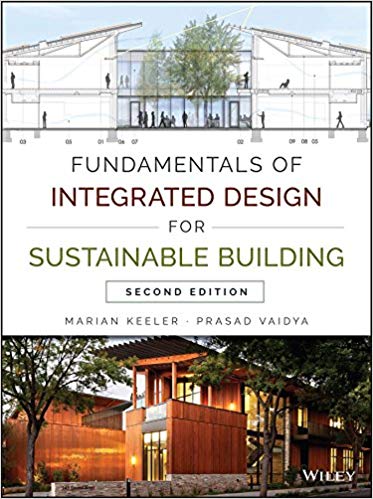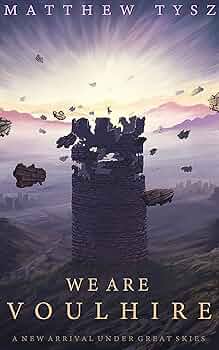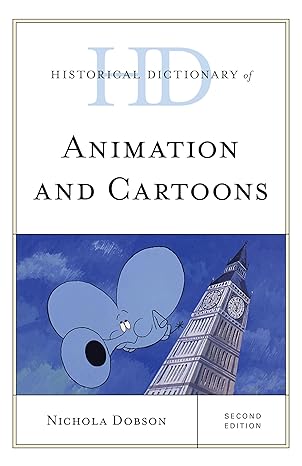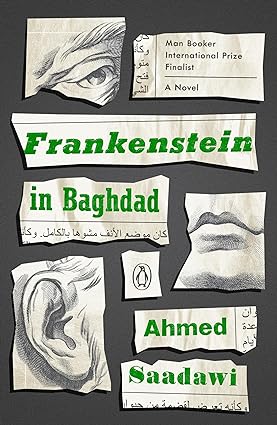The Fully Updated, Indispensible Study of Sustainable Design Principles
Fundamentals of Integrated Design for Sustainable Building is the first textbook to merge principles, theory, and practice into an integrated workflow. This book introduces the technologies and processes of sustainable design and shows how to incorporate sustainable concepts at every design stage. This comprehensive primer takes an active learning approach that keeps students engaged.
This book dispenses essential information from practicing industry specialists to provide a comprehensive introduction to the future of design. This new second edition includes:
- Expansive knowledge—from history and philosophy to technology and practice
- Fully updated international codes, like the CAL code, and current legislations
- Up-to-date global practices, such as the tools used for Life-Cycle Assessment
- Thorough coverage of critical issues such as climate change, resiliency, health, and net zero energy building
- Extensive design problems, research exercise, study questions, team projects, and discussion questions that get students truly involved with the material
Sustainable design is a responsible, forward-thinking method for building the best structure possible in the most efficient way. Conventional resources are depleting and building professionals are thinking farther ahead. This means that sustainable design will eventually be the new standard and everyone in the field must be familiar with the concepts to stay relevant. Fundamentals of Integrated Design for Sustainable Building is the ideal primer, with complete coverage of the most up to date information.
چکیده فارسی
مطالعه کاملاً به روز شده و ضروری اصول طراحی پایدار
مبانی طراحی یکپارچه برای ساختمان پایدار اولین کتاب درسی است که اصول، تئوری و عمل را در یک گردش کار یکپارچه ادغام می کند. این کتاب فن آوری ها و فرآیندهای طراحی پایدار را معرفی می کند و نشان می دهد که چگونه می توان مفاهیم پایدار را در هر مرحله طراحی ترکیب کرد. این آغازگر جامع یک رویکرد یادگیری فعال دارد که دانش آموزان را درگیر می کند.
این کتاب اطلاعات ضروری را از متخصصان صنعت ارائه می کند تا مقدمه ای جامع برای آینده طراحی ارائه کند. این ویرایش دوم جدید شامل:
است
- دانش گسترده—از تاریخ و فلسفه گرفته تا فناوری و عمل
- کدهای بین المللی کاملاً به روز شده، مانند کد CAL، و قوانین جاری
- روش های جهانی به روز، مانند ابزارهای مورد استفاده برای ارزیابی چرخه زندگی
- پوشش کامل موضوعات حیاتی مانند تغییرات آب و هوا، تابآوری، سلامت، و ساختمان با انرژی صفر خالص
- مشکلات طراحی گسترده، تمرین تحقیق، سوالات مطالعه، پروژه های تیمی، و سوالات بحث که دانش آموزان را واقعاً با مطالب درگیر می کند
طراحی پایدار روشی مسئولانه و آینده نگر برای ساختن بهترین ساختار ممکن به کارآمدترین روش است. منابع متعارف رو به اتمام است و متخصصان ساختمان به آیندهتر فکر میکنند. این بدان معنی است که طراحی پایدار در نهایت استاندارد جدید خواهد بود و همه افراد در این زمینه باید با مفاهیم آشنا باشند تا مرتبط باقی بمانند. مبانی طراحی یکپارچه برای ساختمان های پایدار پرایمر ایده آلی است که به روزترین اطلاعات را پوشش می دهد.
ادامه ...
بستن ...
Ebook details:
عنوان: Fundamentals of Integrated Design for Sustainable Building (9781118881910) Marian Keeler, Prasad Vaidya
نویسنده: Books
ناشر: Wiley; 2 edition (May 2, 2016)
زبان: English
شابک: 1118881915, 978-1118881910
حجم: 25 Mb
فرمت: True Pdf
ادامه ...
بستن ...










_663538a5868f3.jpg)